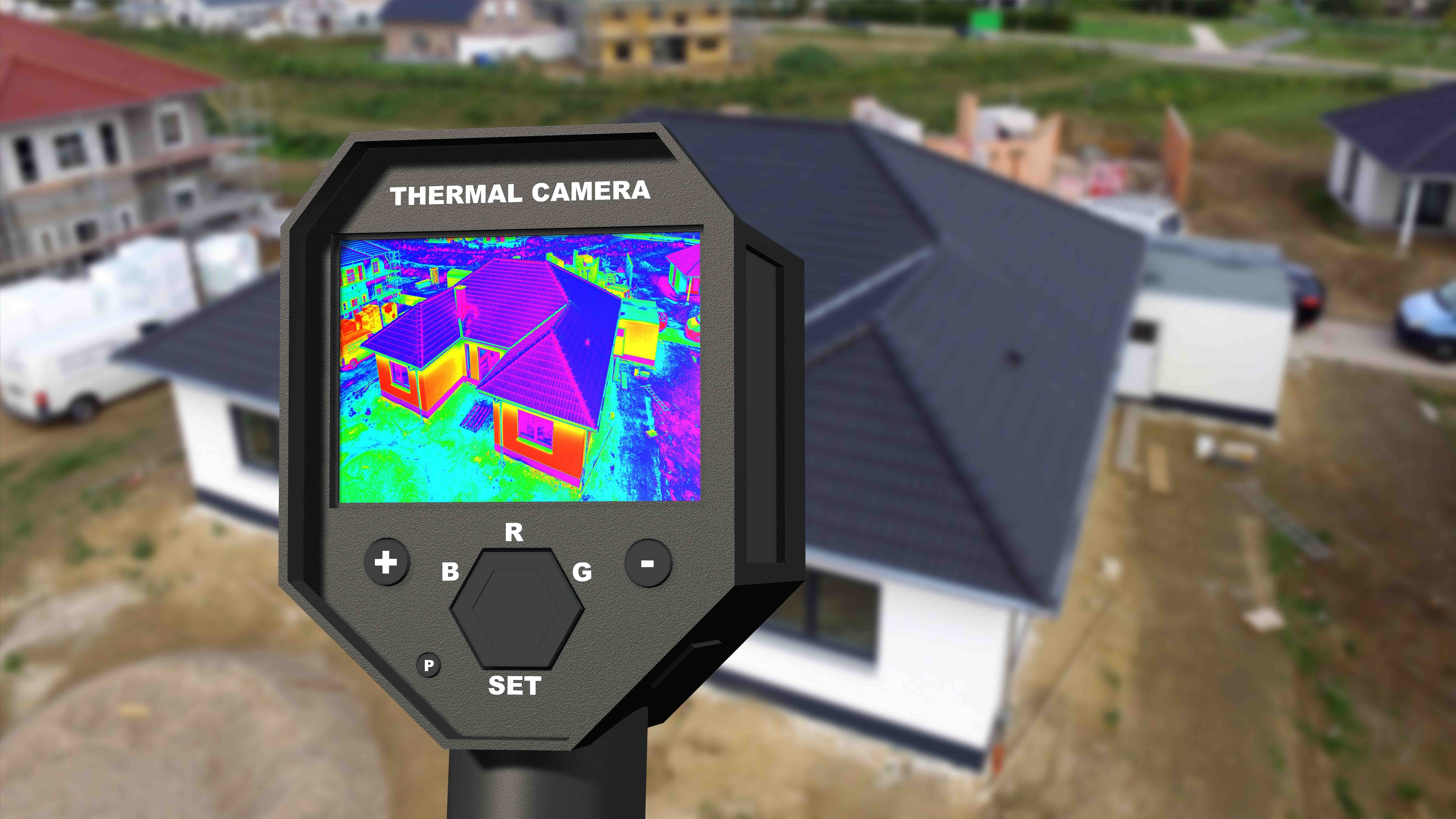
Insulating Old Houses
There are lots of people out there who love the character and charm of an older home. But when the insanely high heating bills start rolling in during their first winter, all that character and charm dwindles away as quickly as their bank account balance. The good news is that there are things you can do to slash your heat bills and use far less heating fuel energy to stay toasty warm in cold weather. One of the most important things of all is insulating old houses. You can even get help paying for it as well from a special government program you’ve already contributed to every time you pay your electric bill.
Saving Money by Insulating Old Houses: The Biggest Bang for Your Buck
Most older homes are lacking adequate insulation. At the same, better insulation is the key to using far less energy to heat your older home in the winter.
Insulating older homes is one of the “biggest bang for your buck” improvements you can make to your house.
The key to using less energy and saving money in the winter on your heating bills is to keep that warm air your furnace produces from escaping your house. This process is called “heat transfer” and insulation helps minimize it as much as possible. As it turns out, when a hot summer rolls around and if you use air conditioning, better insulation also helps keep that cooled air inside. In other words, insulating older homes means saving money all year long!
When you go to sell your house, you can point out how you’ve improved the insulation of the home, which increases its overall value. Better insulation can even function as an added level of soundproofing to reduce noise from the outside.
Insulating older homes makes such good sense just from the financial perspective of spending less money on heating and cooling. The only questions that remain are finding out what you’ve got now for insulation, where it can be improved, and how you will pay for it.
The Challenges of Insulating Older Homes
With an older house, the most obvious starting places are the top and the bottom, meaning the attic and the basement. Get those two areas properly insulated (and air-sealed to eliminate leaks) and you’ll have gotten the upper hand on much of the typical heat loss experienced during the winter.
After that, you’d want to explore options for your exterior walls. And don’t believe anyone who says you should not bother with insulating the exterior walls of your older home. There are some who say it can cause various problems – but this is only true when the wrong materials are used and/or the job is done properly. An experienced professional who is up-to-date on the latest materials and techniques will know how to properly insulate the exterior walls of an old house.
Let the experts help you come up with a plan that will work for your unique situation. If you want to preserve the plaster walls of your old house, you wouldn’t want a rapid-expansion foam because it could crack the plaster – but there are slow-pour versions that expand much more slowly to prevent such damage from occurring.
There are literally dozens of different kinds of insulation, and what’s right for your older home is going to depend on a variety of factors, including how much “R-value” increase you want to achieve versus what you can afford versus what’s possible given the unique on-site conditions of your older house.
NEEECO has the expertise to insulate your home with the perfect material that will reduce your energy costs and increase your savings.
If you happen to be planning on any major remodeling projects in your older home that would take any exterior walls down to the studs, this would be the perfect time to get those areas properly insulated. Be sure to include that when developing your remodeling budget!
The other big area that can remain a problem even after all that insulation is the home’s windows. Replacing old windows with more energy-efficient windows can be expensive, but is worth doing over the long haul if you can save up for it, or do a few each year to spread it out over several years.
Get Help Paying for Insulating Your Older House
As you can see from the above, you really need professional help to find out what your current insulation situation is and get professional recommendations for what will best address your needs.
Sign up for a no-cost Mass Save® Home Energy Assessment to discover the many incentives, rebates, and discounts available to you through the Mass Save®‘s program.
And here’s the really good news – you don’t have to pay anything to have an expert from NEEECO come evaluate your home from an energy-use perspective and make recommendations. You might wonder why we would do this without any payment from you. The reason is because you’ve actually already paid for it! Every time you pay your electric bill, there is a small extra charge on it that does towards funding the Mass Save® program, which includes no-cost home energy assessments for homeowners.
NEEECO can also help you figure out how much assistance you qualify for from Mass Save® to insulate your older home. Their rebates and incentives on home insulation projects will get you at least 75% off! This means a $4,000 insulation project will only cost you $1,000. You can also apply for an interest-free HEAT Loan to help pay for your portion. And depending on your household income, your discount could be even higher – up to 100% off.
Ready to find out how you can join the many people benefitting from insulating old houses?
Call (781) 514-5882 or contact us to get started with a no-cost Mass Save® home energy assessment.
